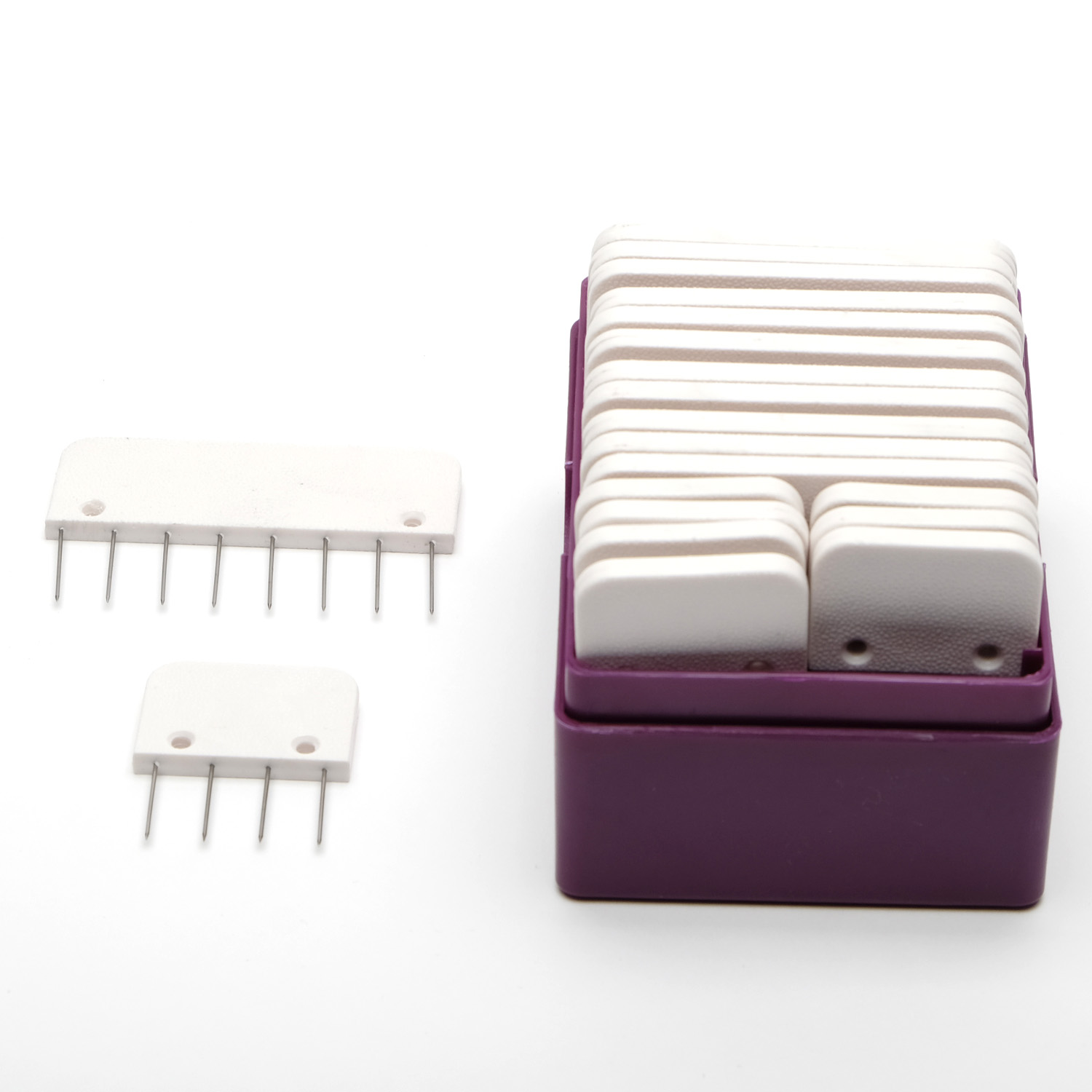I have been experimenting, and it turns out that I can film a basic tutorial video all on my own! Jim is at home with the kids, so I’ve lost my cameraman as well as my producer and film editor, but there were things I wanted to show you, so with some advice from a friend, I’ve got a set up that will do.
I am launching a series of short (hopefully!!), straightforward videos on basic knitting techniques, called Little lessons. I’m filming these in one shot with no editing, graphics or any of the fancy stuff that we normally do. This means that while they may not be quite as polished as our normal offerings (no shot of me at my desk at the start!), I can continue to film things, and hopefully you will continue to learn new techniques.
Read moreDip stitches add a terrific textural element to the surface of your hand knits, and offer lots of possibility for play — and they are the featured technique for this month’s Boost Your Knitting pattern, the Apple Twizzle Hat by Thea Colman. Today’s video tutorial will teach you how to work them!
Read moreAre you ready to TUCK?
Tuck sounds like some kind of energetic gym activity, but I promise that knitting tuck stitches is actually relaxing and not at all alarming. And to help you develop your tuck stitch skills, we have Nancy Marchant’s lovely Bramen Cowl – the first design in Boost Your Knitting.
Read moreNow that you’ve got two-round stripes and stitch patterns nailed, you’re ready to open the doors to a whole new world of helical possibilities…
Read moreWhen I talk to knitters about helical knitting, if they are familiar with the technique it is almost always in the context of 1x1 helical stripes. I have to admit that this was how I first met helical knitting, but I’m fast coming to the conclusion that it’s helical garter stitch that is the most exciting application of helical knitting.
Read moreI-cord cast off gives a smooth, rounded edge to your knitting. Find out how to do it from this straightforward video tutorial.
Read moreThese two videos cover the basics of working jogless helical stripes, whether you use circular needle, or double-pointed needles.
Read moreHave you come across pin combs before? I had seen them mentioned a while ago, but it wasn't until we started work on Something New to Learn About Lace that I got around to ordering a set. I have the KnitPro Knit Blockers that we now stock in the shop, and I absolutely love them! I have had a set of blocking wires for nearly ten years, and they get used a LOT. I find my wires so useful that it had never really occurred to me that I would want to use anything else for blocking lace. For peaked or scalloped edges, I think that wires are still the best way to go, but depending on the size of your project, pin combs are a brilliant way to pin out straight edges. They are certainly faster and easier than wires over short distances.
Read moreDo you know that horrible feeling you get when you look down at your knitting and realise that you've made a big mistake, and it's too far back to just unknit a row or two? I certainly do! Many people think that as you get more experienced at knitting, you stop making mistakes, but that's absolutely not the case! I think it was the Yarn Harlot who said that experienced knitters just make bigger mistakes more quickly, and she's ABSOLUTELY right!
Read moreStitch markers are one of the most useful tools in knitting. Whether you're keeping track of shaping elements in a garment, or establishing a lace pattern, these simple rings, or even just a loop of waste yarn, can instantly make a pattern more straightforward.
The video below is the second in our Something New to Learn About Lace series, and explains how to use stitch markers to keep track of your lace knitting.
Read more





